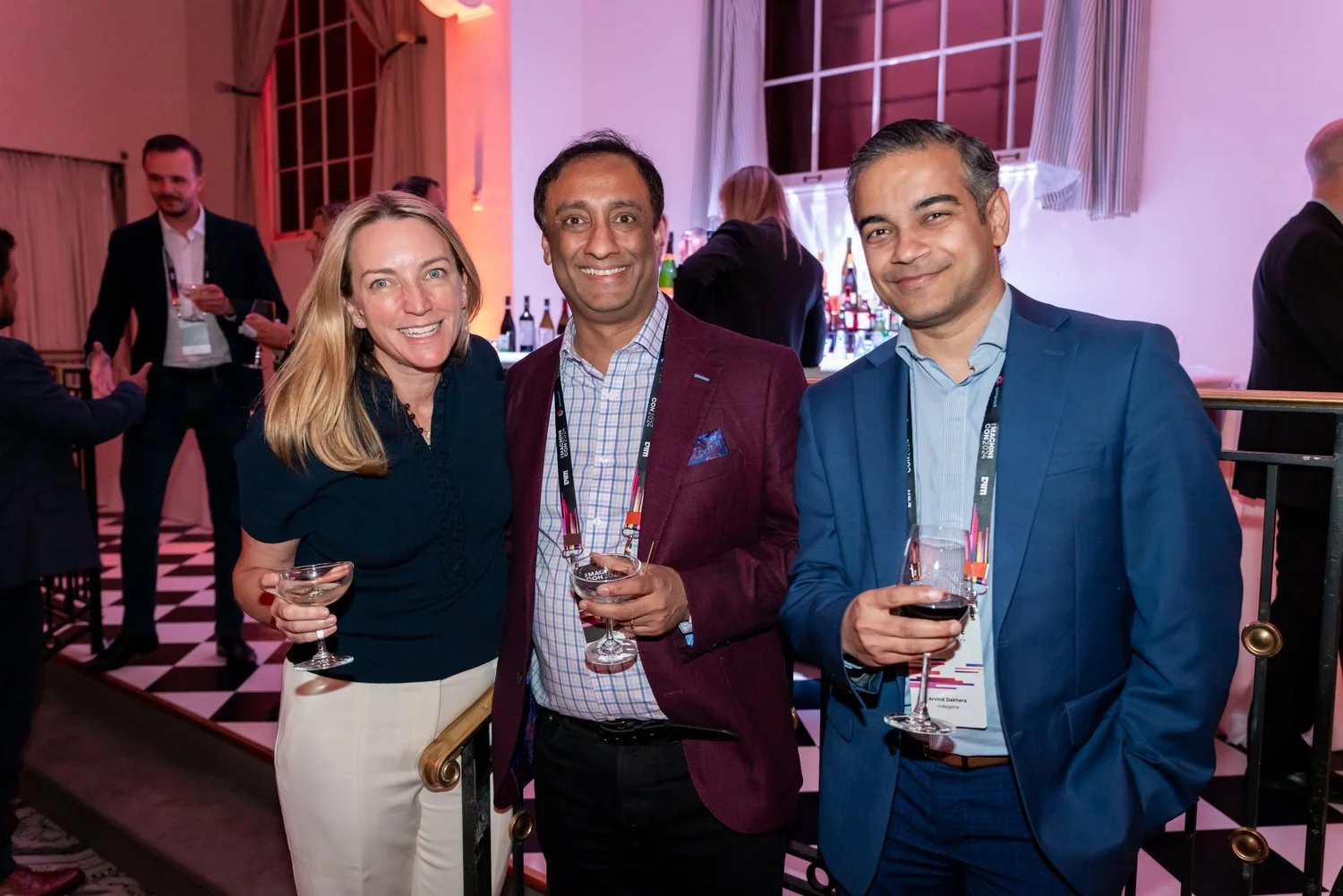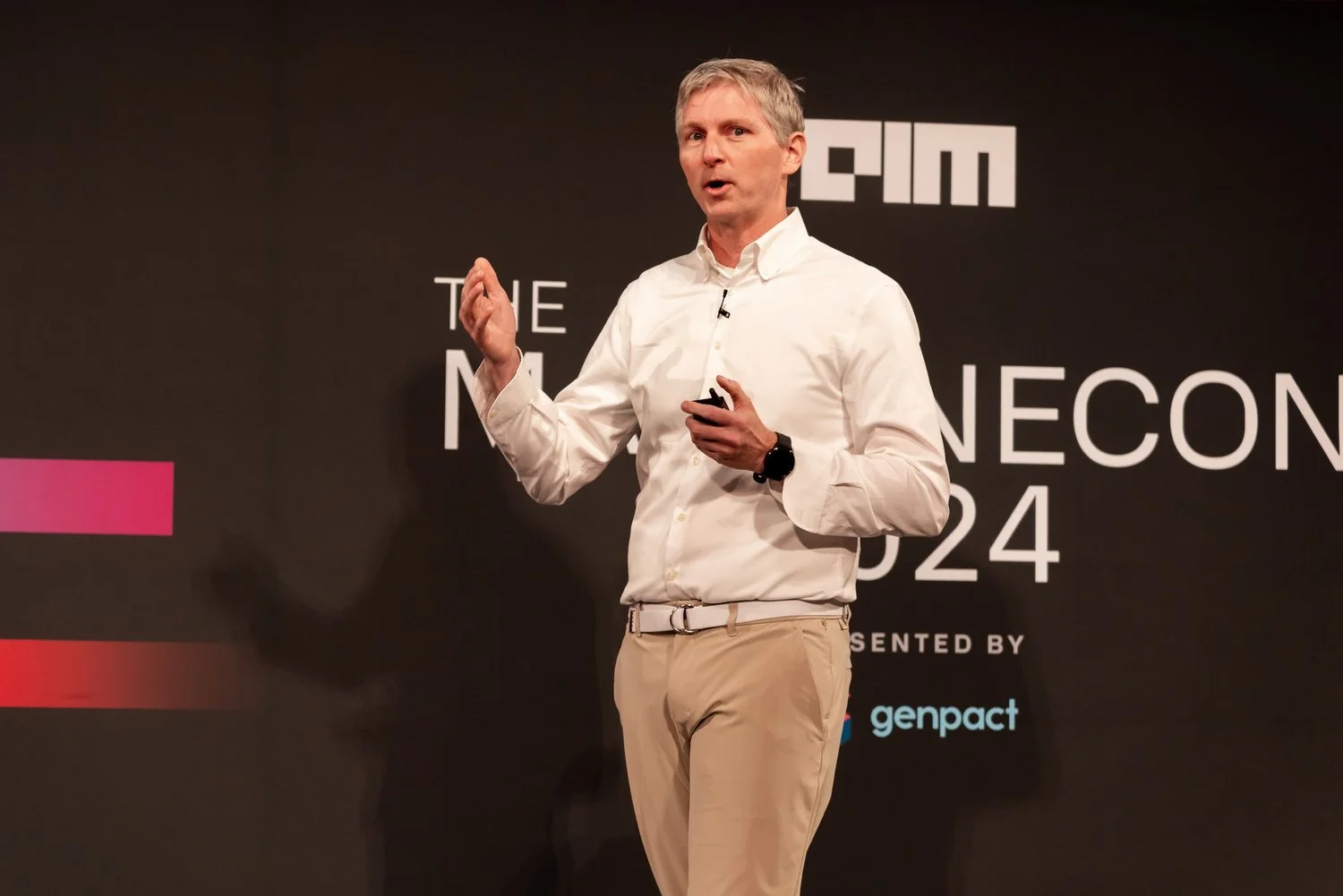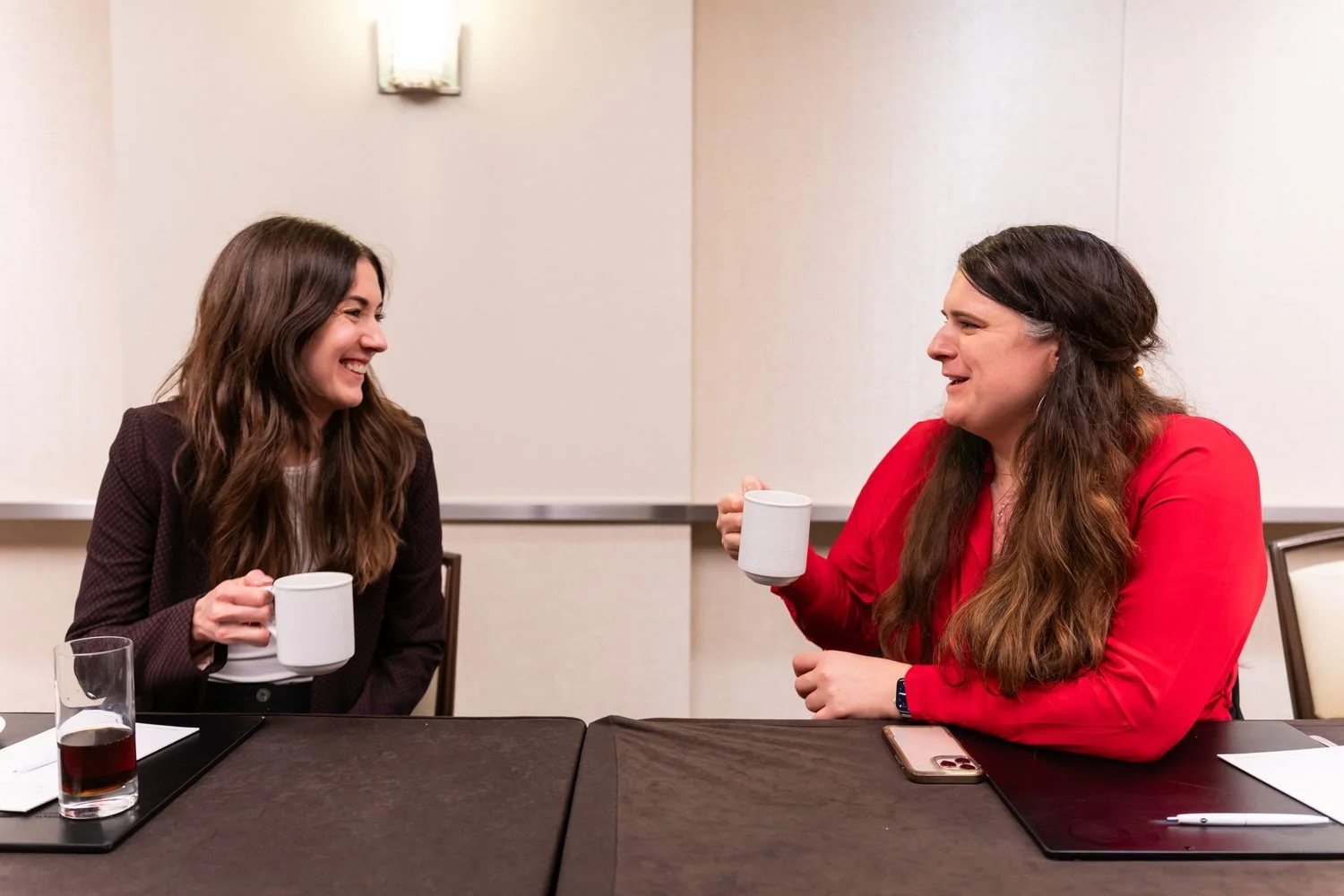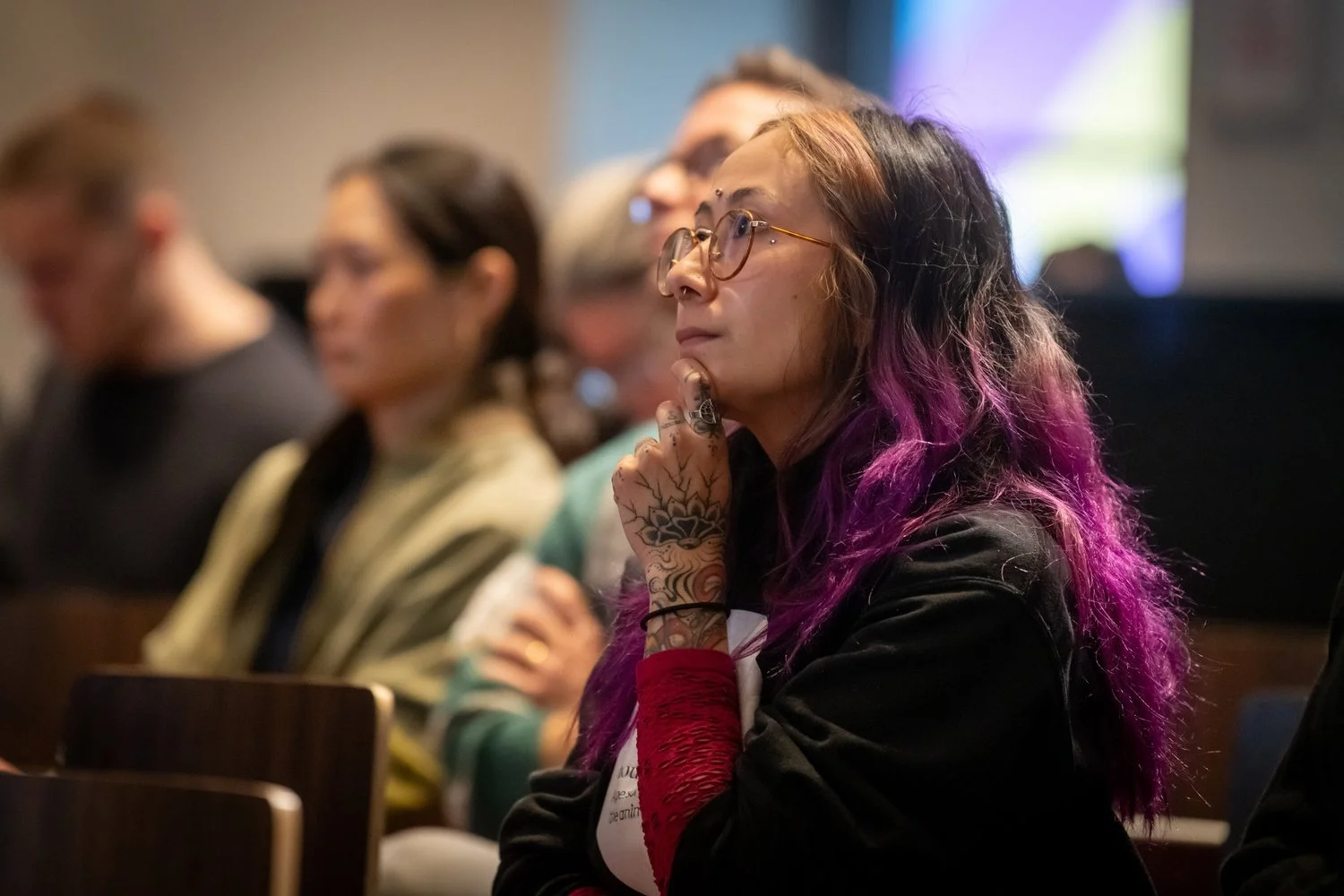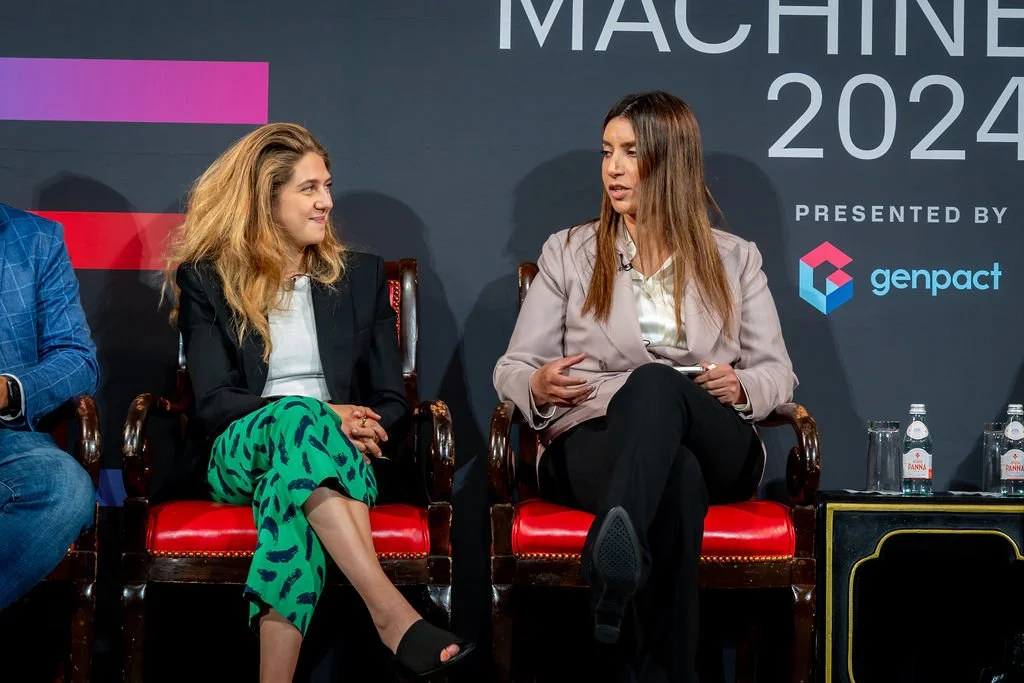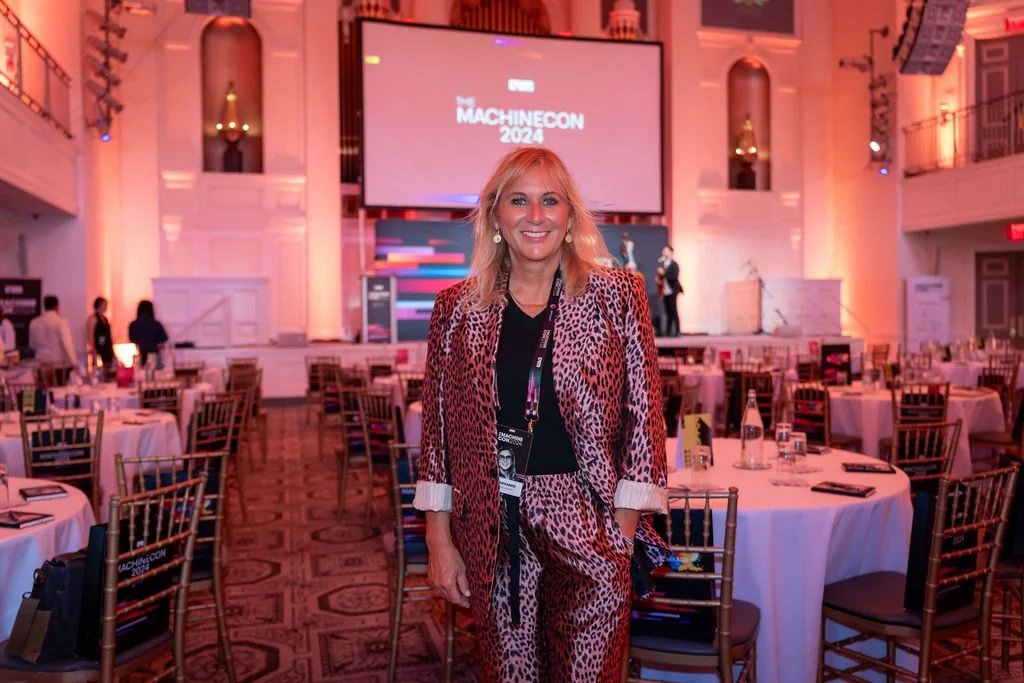How Corporate Photography Helps Build Client Trust
In today’s digital-first business world, the first impression your company makes is likely a visual one. Whether it's your website, LinkedIn profile, email signature, or pitch deck, clients form opinions before they ever speak to you. That’s where corporate photography plays a critical role—not just in presenting your business, but in building immediate and lasting trust.
As a high-end corporate photographer based in NYC, I’ve seen how professional imagery helps companies stand out, humanize their brand, and signal credibility in a competitive market. In this post, I’ll break down how intentional photography helps build client trust at every stage of the relationship
1. It Humanizes Your Brand with Authentic Faces
People trust people—not logos. High-quality photography that highlights your leadership team, employees, and office culture shows clients that:
You’re real, approachable, and transparent
Your team is composed of confident professionals
You’re proud of your company culture and people
Gone are the days of stiff, outdated headshots. Modern corporate photography captures people authentically and professionally, allowing clients to connect emotionally before they connect commercially.
2. It Reinforces Professionalism and Attention to Detail
Clients make split-second judgments. A blurry Zoom selfie or poorly lit office photo sends the wrong message. Professional photography:
Demonstrates your commitment to quality
Aligns your visuals with your business excellence
Signals that you’re invested in how your business is perceived
When your imagery is sharp, polished, and cohesive, it sends a clear message: you care about the details—because you care about your clients.
3. It Establishes Consistency Across All Touchpoints
Trust is reinforced by consistency. Using different headshots across platforms or mixing low-res images with professional ones creates visual confusion—and confusion erodes trust.
High-end corporate photography helps maintain:
Uniform backgrounds and lighting across all staff portraits
Cohesive editing styles for all branded imagery
A consistent look and feel for your website, social media, and marketing materials
This builds recognition and makes your company feel stable, reliable, and professional—even to first-time visitors.
4. It Tells Your Story with Visual Honesty
Professional corporate photography goes beyond headshots. It documents your space, culture, and operations in a way that:
Gives clients a behind-the-scenes look at how you work
Builds transparency and emotional resonance
Shows what your brand values: collaboration, creativity, excellence, etc.
By telling your story visually, you give clients a reason to trust that they’re working with the right team.
5. It Inspires Confidence in High-Stakes Decisions
Whether you’re closing a major deal, pitching to investors, or onboarding a new client, your visuals help shape perception. When your photography is professional, intentional, and elevated, it:
Shows you’re serious about your business
Builds credibility without saying a word
Helps clients feel confident putting their reputation in your hands
Trust is the currency of business—and in the digital age, it’s often built with visuals before words. By investing in high-quality corporate photography, you’re investing in the kind of first impression that builds trust, sparks confidence, and opens doors.
Book Your NYC Photoshoot Today!
Let’s Build Your Visual Reputation—One Image at a Time. If you're ready to elevate your brand and inspire client trust through powerful, professional imagery, I’d love to collaborate. I offer custom corporate photography packages for NYC-based teams and beyond—complete with creative direction, location scouting, and polished post-production. 📩 Contact me today to book your session or discuss your team’s visual branding goals. Let’s create imagery that reflects the true value of your brand.


